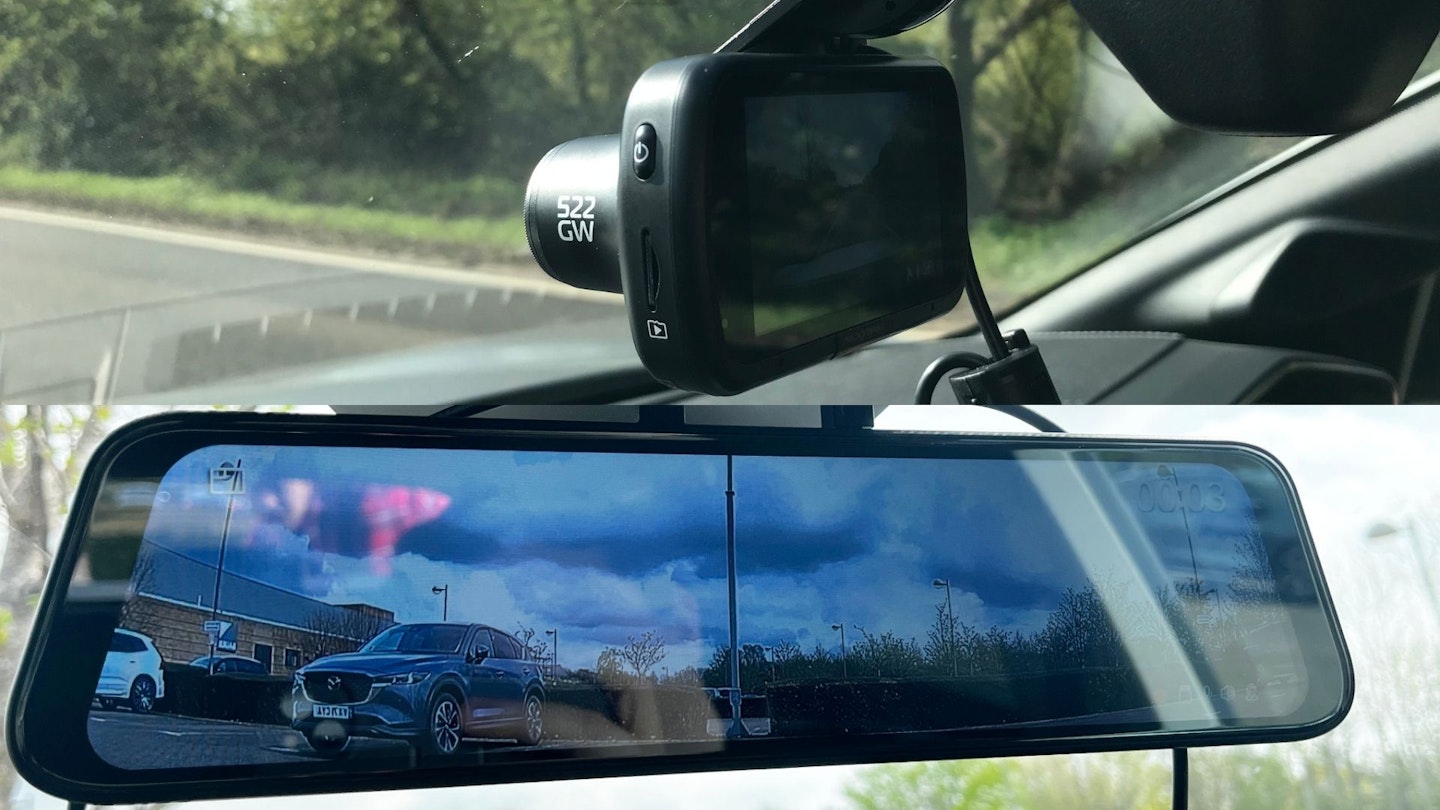Let’s begin with an inevitable car analogy. The Vauxhall Zafira was fine as a family car, but the moment Vauxhall tried to morph it into a multi-purpose family performance car, things went awry. The Zafira VXR was as bad as that other British abomination - mushy peas. Let’s give something with no flavour no texture as well.
The point is that a multi-purpose product quickly cobbled together without any depth of thought never goes well. Such is the case with mirror cams.
It’s likely you’ll have come across them if hunting for a new dash cam. A mirror cam’s blend of dash cam, rear-view mirror, and often reversing camera, can be a tempting proposition. But regular dash cams remain the better choice, as we shall explain.
Mirror cam and dash cam: what’s the difference?
Dash cams are specific in their mission: sit behind the rear-view mirror and record the oncoming road ahead, although some can be paired with rear-facing cameras too. They vary greatly in price and spec level, which caters to a wide range of buyers. Not all dash cams a worthwhile, which we've looked at in more detail in our brand comparison test. But there are enough decent models on offer to give you plenty of choices.
Pros: Smaller than mirror cams, better value, some are compatible rear-facing cameras, easier to install, better features
Cons: Don’t usually come with a rear camera as standard
Mirror cams clip over the existing rear-view mirror and provide a camera-powered rear-view that often switches to a rear parking aid, while also recording the road ahead. Mirror cams are relatively expensive compared to dash cams but try and justify it given their multi-tasking abilities.
Pros: Front and rear coverage as standard, reversing camera, a larger screen can be easier to use, useful for vehicles with zero rear visibility
Cons: Bulky, harder to install, usually quite basic, relatively expensive, mainstream brands don’t make them
Size
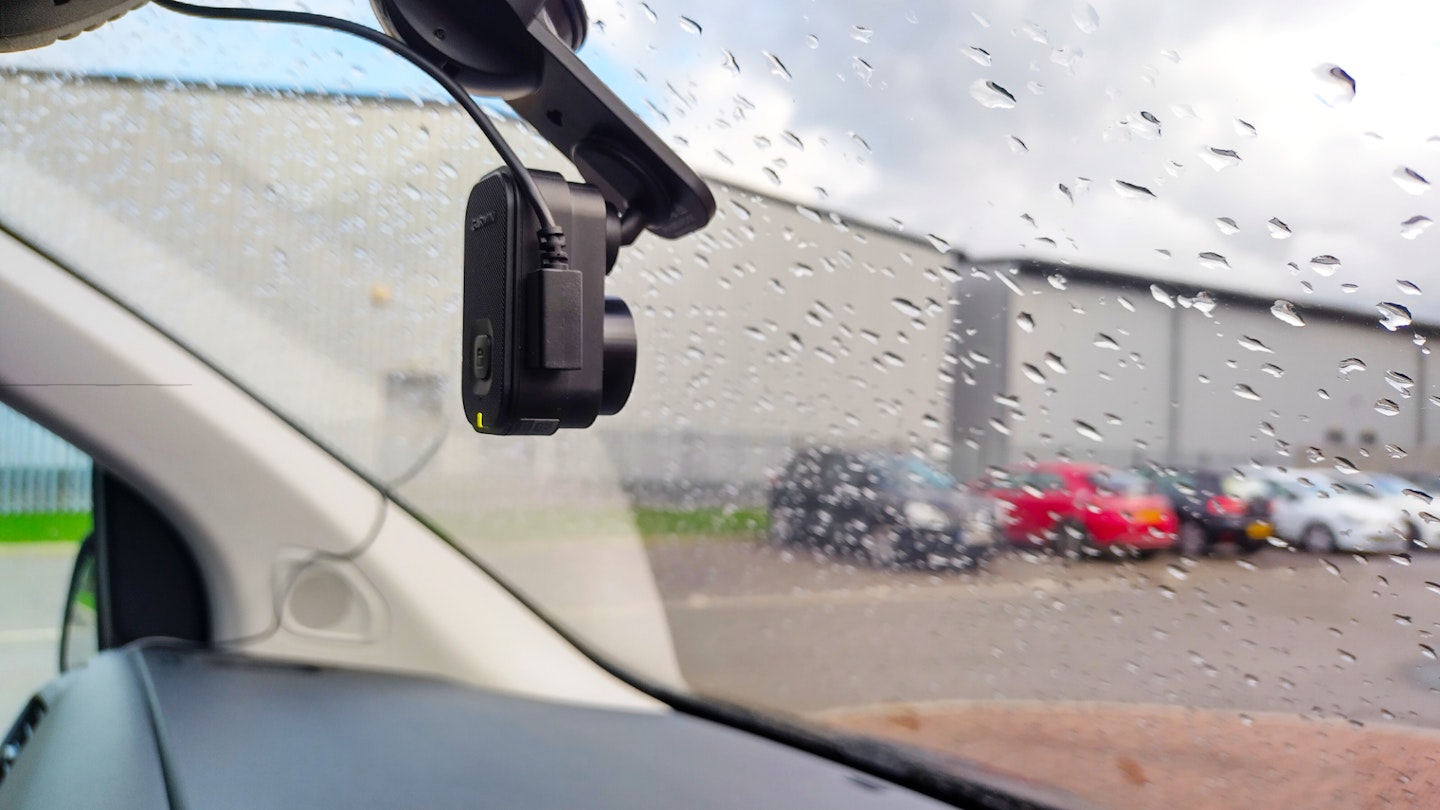
We increasingly rely on mounted cameras to see for us in our cars. This is mostly in the form of reversing cameras, but some models now have 360-degree park-assist cameras. Going further again, models such as the Honda e use cameras in place of traditional door mirrors.
One of the crucial things about these cameras is that they’re discreet. A dash cam can be rather subtle too. Garmin’s Mini 2 is the size of a garlic bulb for example, and with the power cord pressed into the edge of the headlining, it’s basically invisible sitting behind the rear-view mirror.
Mirror dash cams are not subtle or discreet. They have 10 to 12-inch screens and are even bigger than a standard rear-view mirror because they must strap onto it with an overlap large enough for a front-facing camera to see the road ahead.
Installation
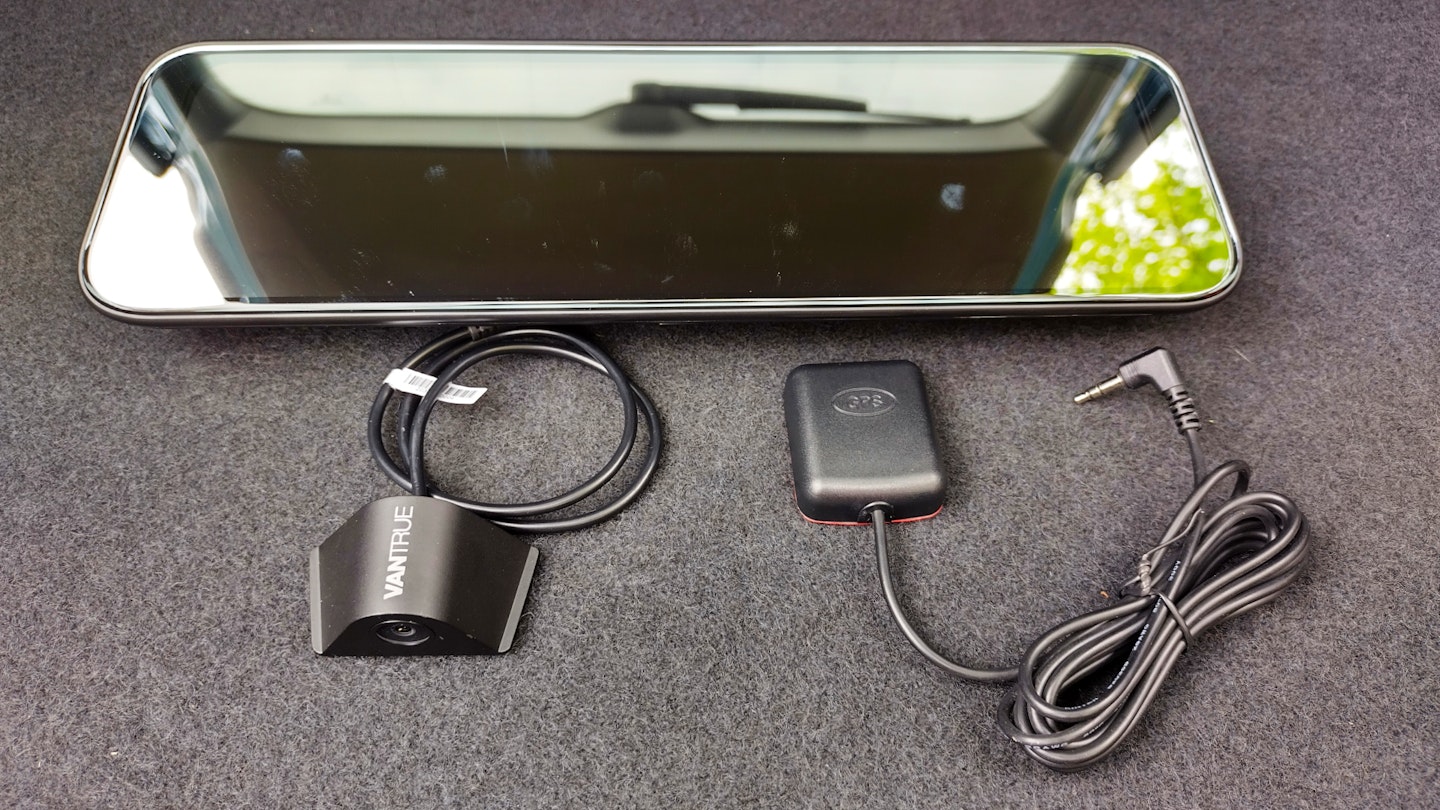
With a normal dash cam, you attach it to the windscreen via a mount, insert a memory card, plug it in, and away you go. With a mirror dash cam, it's more complex because you do must also wire up the rear camera.
Because this rear camera replaces your rear-view mirror, it can’t sit on the rear window or face backwards through the cabin. It must be externally mounted, usually by the rear number plate. Consequently, the power cord must be threaded behind the boot lid all the way up to main camera at the front and involves removing bits of trim.
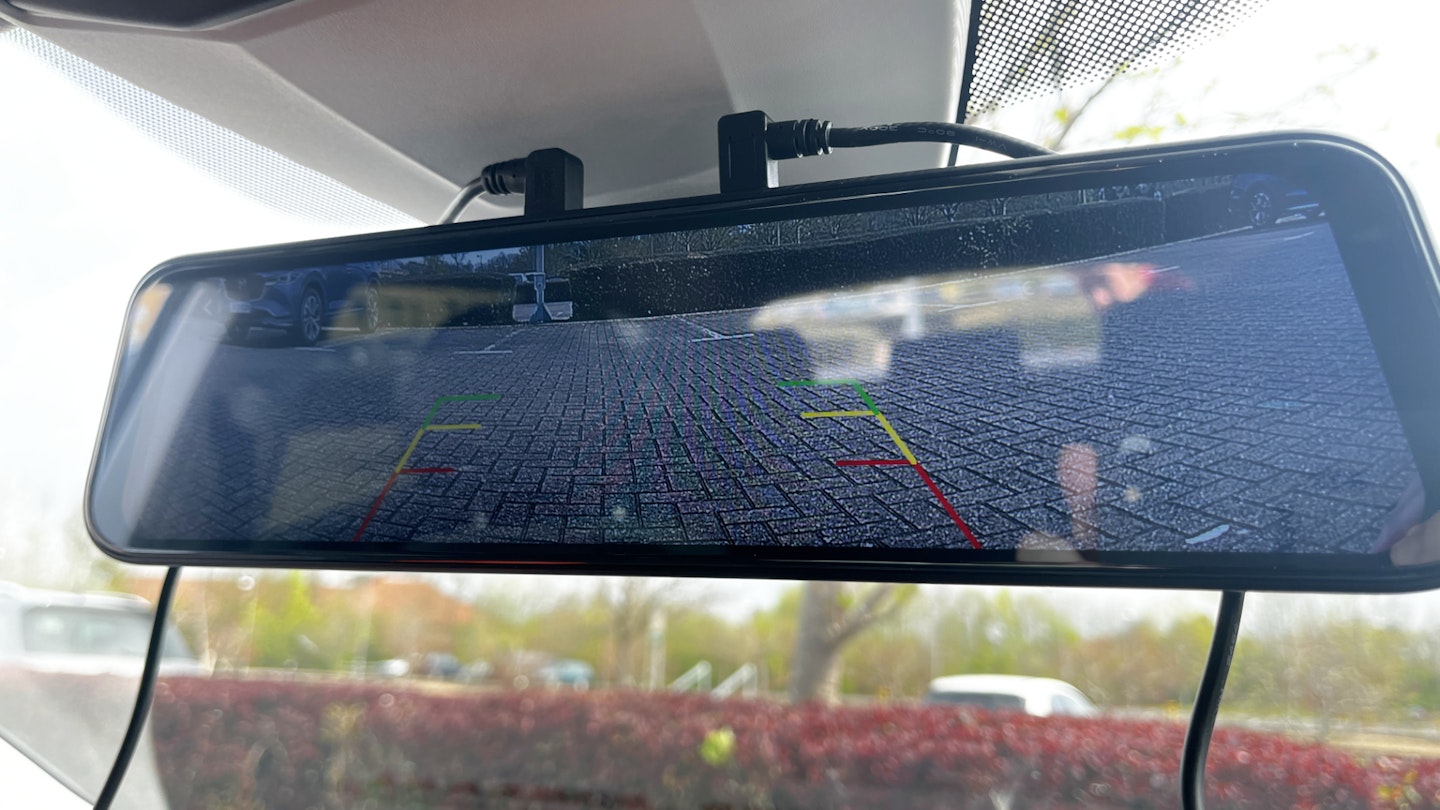
Furthermore, some mirror dash cams include a parking aid feature. If you wish to use it, that involves wiring the rear camera to the car’s reversing light in order to make the camera display automatically switch to its parking aid mode when the car is put into reverse.
By contrast, a regular dash cam can also dual camera setup. However, because they don’t need to double as a rear-view mirror, the rear camera can simply be internally mounted on the rear window. Nextbase go one better and offer a rear camera module that plugs straight into the dash cam with an HDMI connection.
Software and features
You might think that mirror cams come awash with more features because of their multi-purpose nature. But this isn’t necessarily the case.
True, mirror cams come with the main benefit of a rear-facing camera as standard and maybe a parking aid, but beyond that, there’s very little a mirror cam has that a dash cam can’t match. Even the most basic dash cams have features like G sensors, and loop recording. As you ascend the ladder of the dash cam market, models start to surpass what mirror dash cams offer you, sometimes for less money.
One of the features mirror cams boast is GPS tracking. But dash cams offer this too in models that cost far less than a mirror cam, such as the Navitel R3, which costs only £60. Wi-Fi and app connectivity – which allow you to view, share, and edit footage – are also available on many dash cams but not mirror cams.
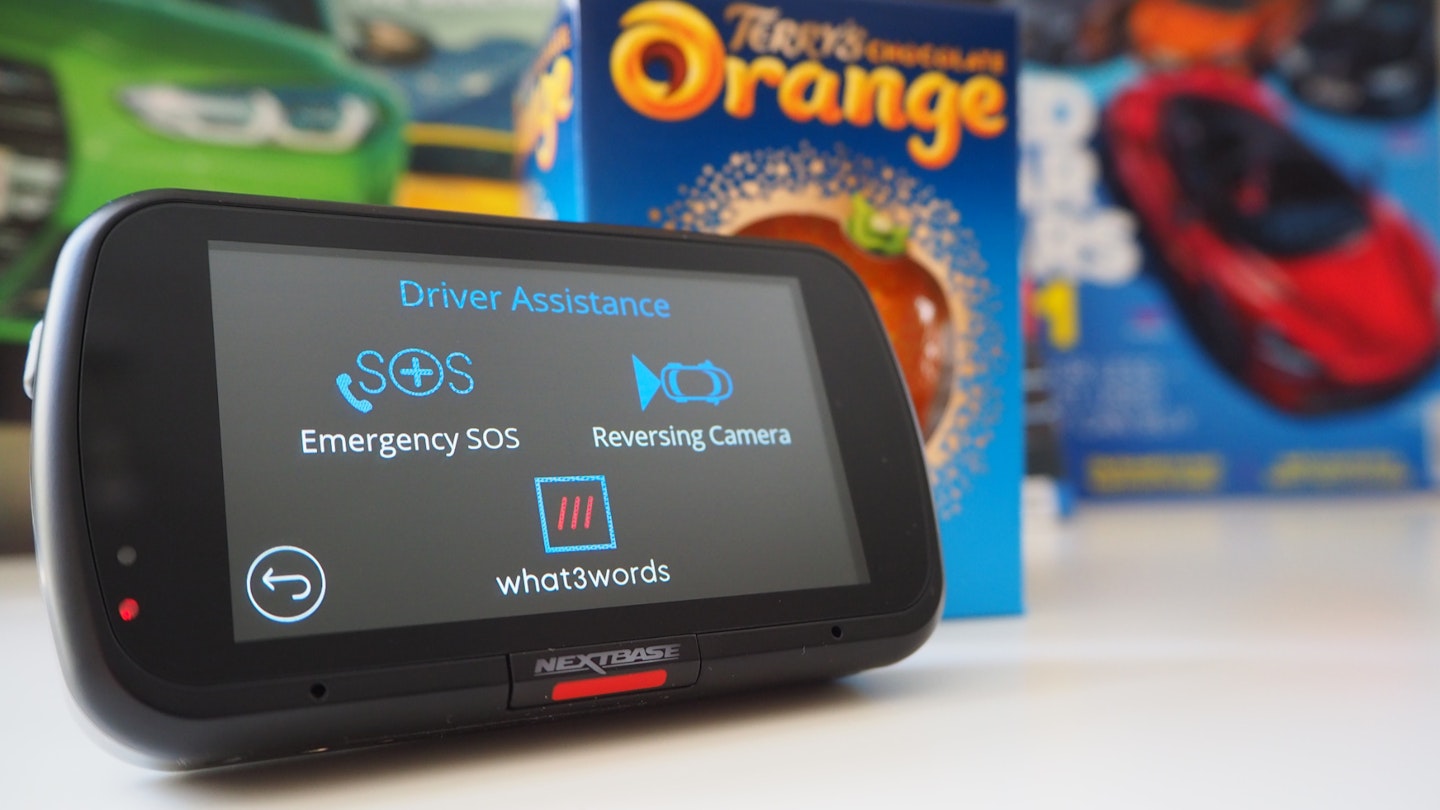
Entering the three-figure price range, dash cams up the ante. Top-end dash cam brands such as Thinkware and Nextbase offer impressive safety features in their top models. The former offers lane departure warnings, and speed camera warnings, for example; the latter offers things like an SOS Emergency service and even voice-activated Alexa. No mirror cams have features like these.
This is largely because mainstream dash cam brands don’t produce mirror cams and therefore mirror cams don’t receive the same research and development attention that the established brands undertake.
Video quality and footage
The minimum requirement for the video quality and field of view of a dash cam is simple: at least Full HD 1080p at 30 frames per second (fps) and 120 degrees. Almost every dash cam and mirror cam cover this these days and extend all the way up to 4K. Therefore, to make models stand out, some brands have developed software that improves the clarity of footage quality further.
High and Wide Dynamic Range (HDR and WDR) are common ones to help produce more consistent images free from under- or overexposing by balancing the lighting. Many dash and mirror cams also use a highly sensitive Sony STARVIS CMOS image sensor to gain better footage at night. Like FHD 1080p, these features have become par, and aren’t anything to brag about anymore.
However, what you see on some dash cams from mainstream brands (BlackVue, Garmin, Nextbase, and Thinkware, for example) are features like a polarising filter, either included or as a compatible option. These are excellent at reducing glare and reflections while increasing colour depth. These dash cam brands don’t produce mirror cams and therefore mirror cams do not enjoy such improvements.
What have we learnt?
A mirror cam is the Zafira VXR of the dash cam world. A multi-purpose concept that fails because of a lack of thorough design and development. Its rear-facing camera and serves a use for vehicles with zero rear visibility like some vans, but that’s as where their uses finish.
In every other respect they are bested by regular dash cams. The useability, feature list, and performance of dash cams are superior to mirror cams, or at least equal to them for considerably less money.
This makes it a little easier when you’re on the hunt for a dash cam because it filters out some options. To make things easier still, find below a small selection of our top-rated dash cams.
Editor's pick
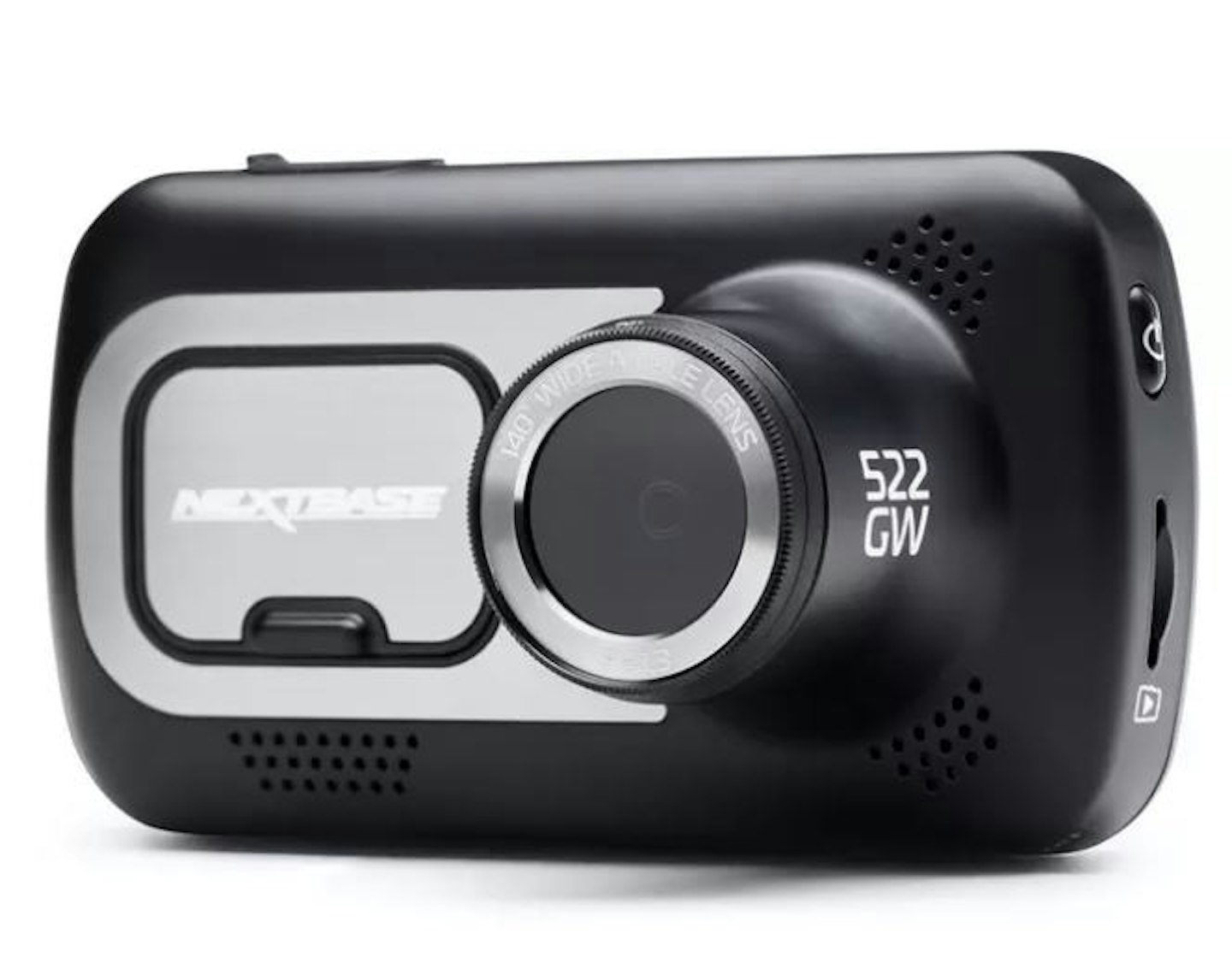
The very best dash cam is the Nextbase 622GW but at £269, it's still quite expensive. The 522GW costs £169 and packs most of the same features, omitting a couple of things including 4K recording and what3words location software. Because there is still 1440p video quality, Alexa built-in, Wi-Fi, GPS, and an optional subscription-based Emergency SOS service, it's a better deal.
Resolution/frame rate: 1440p/30fps; 1080p/60fps
Field of view: 140°
Screen size: 3-inch touchscreen
Max memory card size: 128GB
Bluetooth: Yes
Wi-Fi: Yes
GPS: Yes
Best budget dash cam

Bells and whistles are still luxury extras on dash cams. The fundamental task of clearly recording the road ahead can be achieved for relatively little and the Orskey S680 demonstrates that. It records in Full HD 1080p at 30fps as per the minimum requirements. It has a wide 170-degree field of view and High Dynamic Range software to aid the image clarity. We champion this above the other cheap dash cams because we like how uncomplicated and reliable it is.
Resolution/frame rate: 1080p/30fps
Field of view: 170°
Screen size: 3 inches
Max memory card size: 32GB
Bluetooth: No
Wi-Fi: No
GPS: No
Best compact dash cam
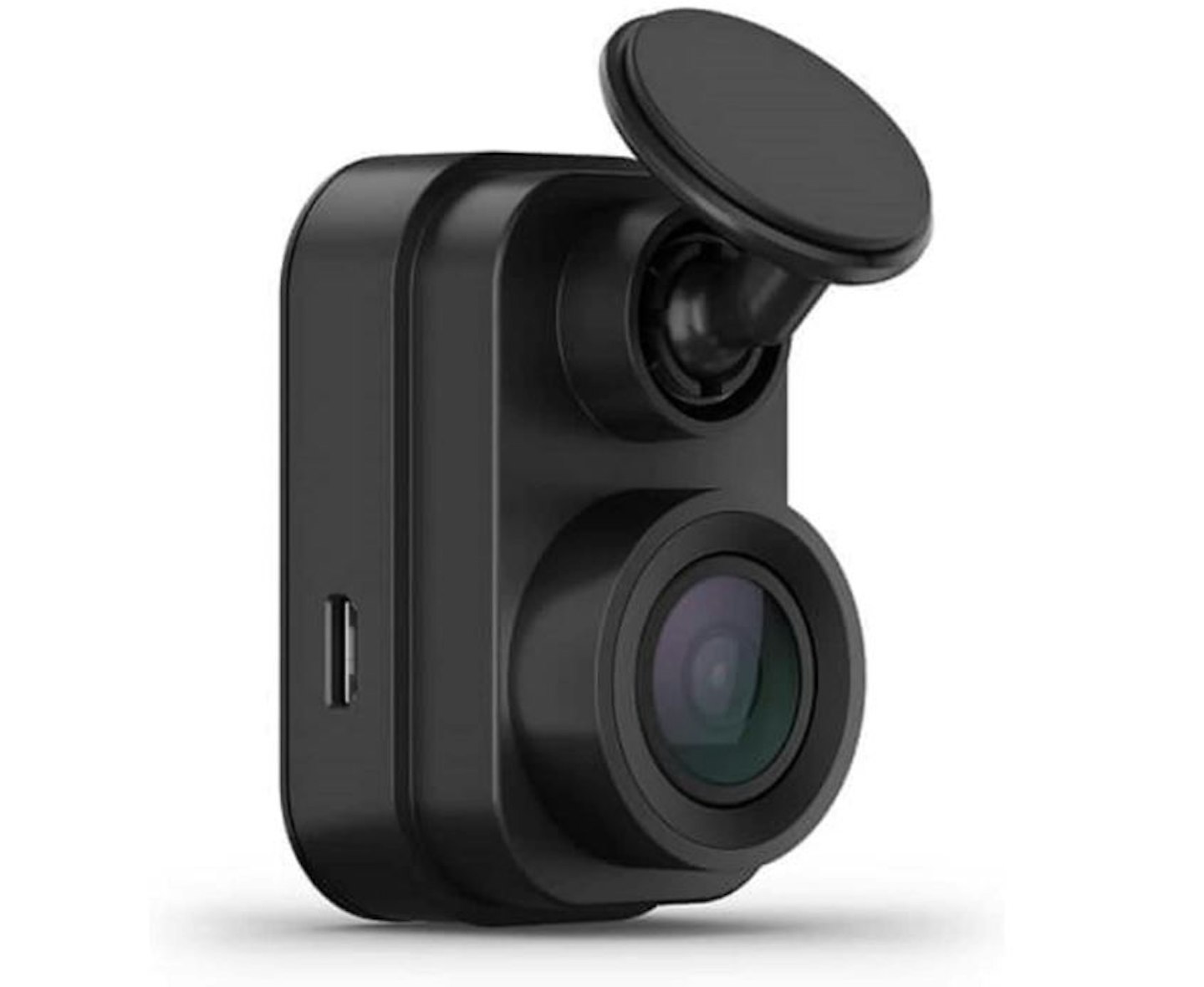
As we stated in our review, the Mini 2 is a bit overpriced for a dash cam that ticks the bare minimum performance boxes. Beyond that, it's a sterling model because it's incredibly easy to use, it's well made, and it's the size of a garlic bulb.
Resolution/frame rate: 1080p/30fps
Field of view: 140°
Screen size: no screen
Max memory card size: 512GB
Bluetooth: Yes
Wi-Fi: Yes
GPS: No
